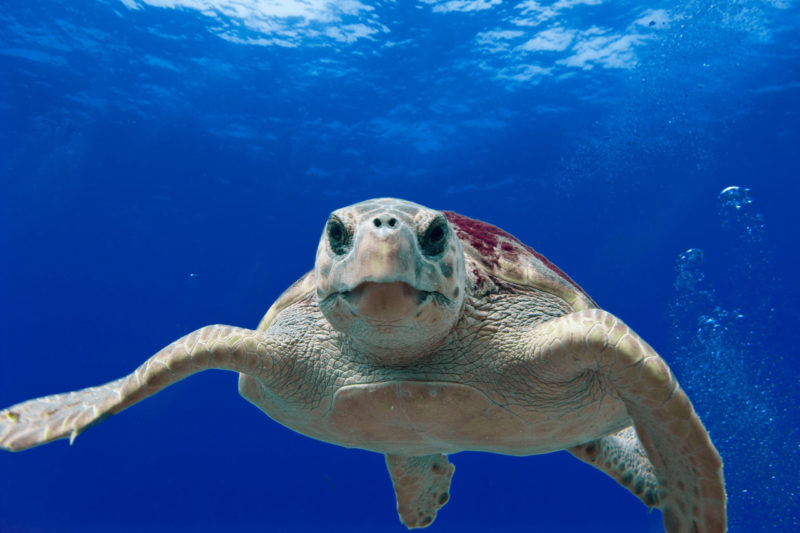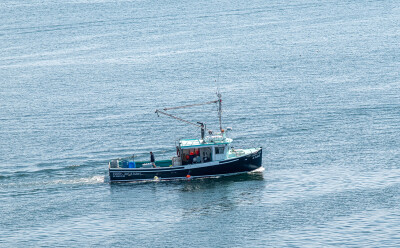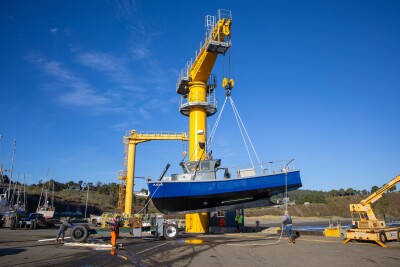New projects to develop better turtle bycatch reduction gear for the Gulf of Mexico shrimp fishery is high on the list of 18 projects to be funded with $226 million from the Deepwater Horizon oil spill settlement.
The plan is the largest single dedication of natural resource damage assessment funds paid by BP as part of settling with the federal government after the 2010 well explosion, fire and 87-day spill.
Projects to be funded range from protecting deep-sea corals to reducing catch and release mortality in recreational fisheries. For the commercial sector, project organizers want to get fishermen involved in developing new bycatch reduction devices and tweaking turtle excluders so juvenile turtles can escape nets more easily.
One $17.1 million project, estimated to extend out for seven years, aims to bring new bycatch reduction devices into play to reduce the take of non-target finfish. The first step will be an “innovation survey within the Gulf shrimp fishery to identify industry-based BRD innovations currently in use,” and work with U.S. and international organizations that are developing ways to reduce bycatch.
“Proof-of-concept tests would then be conducted on prototypes to identify innovative BRD (bycatch reduction device) technology for full certification testing,” according to a summary of the work plan. “To promote the use of these BRDs and help fishermen install and use them correctly, outreach workshops, training, and incentives would be made available.”
“Experts on gear modification with longstanding working relationships with fishermen would be engaged to help develop these incentives to maximize project participation,” according to the plan “Engagement with the Gulf shrimp fishery and its supporting industries would continue throughout the project duration to get ongoing feedback on all new BRD technology identified.
“By adjusting the dimensions and/or configuration of TEDs, there may be improved escapement of small turtles and a decrease in sea turtle mortality. Results of this project are intended to inform future restoration projects including voluntary incentivized use activities and foreign technology transfer to countries with shrimp fisheries that encounter early life stages of sea turtles,” according to the plan.
The project aims for the goal of increasing turtle populations, after an estimated 600 were killed as a result of the spill, according to NOAA.
Among its activities, the project would collect loggerhead turtle hatchlings, raised them in captivity and use them as test subjects to see how modified excluders work. The young turtles would then be released to the wild. Organizers will bring shrimp fishermen into the program for advice and to serve on a stakeholder group to provide input on prototype development and testing of new excluders.







